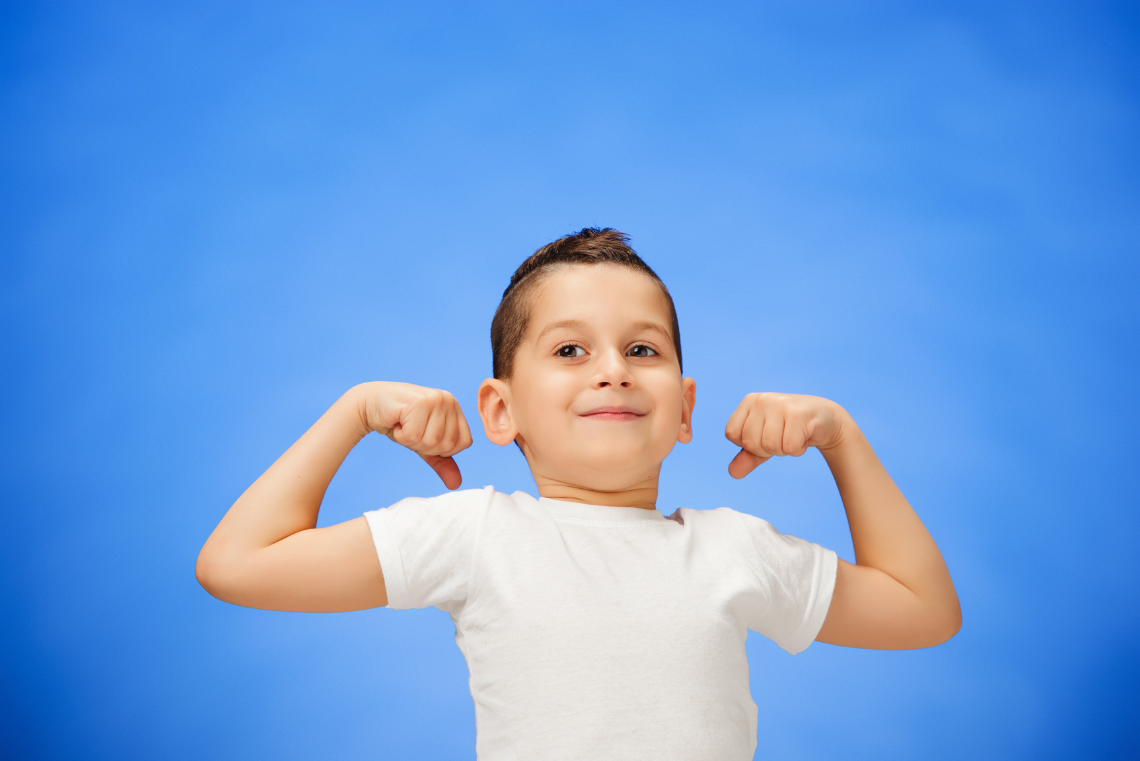
Engaging in shared attention efforts is one of the easiest ways to bond with your child while supporting her development.
“Hey, Dad! Look over here! Look at this!” When your child points to an object –a flower, a television screen– she might be initiating a bid for what child psychologists call joint attention.
Joint attention is defined as a parent and child’s shared and coordinated focus on a third object, event, or stimuli. Coordination is the keyword here. Pointing to an object in order to acquire it (e.g., reaching for a Sippy Cup) is different than pointing, gazing, nodding, or focusing on an object in order to alert a parent of its existence (e.g., pointing to a dog from afar). This kind of attention happens when both child and adult are focused on something at the same time for the purpose of admiring, viewing, or naming the object. Think of it as one of the first key ways you and your child communicate. What you’re saying to each other is “Woah, look at this!”, “Watch how this works!”, “Look how soft this is!”, etc.
Children usually engage in joint attention attempts anywhere from three months to 12 months. It typically looks like this: your child gazes at something, points to it, and then looks back at you. But the initiation can come from adults, too. Parents and teachers engage in shared attention all the time when playing, while feeding, or when linking a new object to its name.
Stages of joint attention
Developmental psychologists have divided joint attention into three distinct levels that become more complex as a child ages.Powered by Rock Convert
- Focused joint attention: During this stage, both adult and child look at the same object, but without meaningful interaction. It usually happens between 3 and 6 months of age.
- Dyadic joint attention: Soon after the “focus” stage, the parent and child start to use gestures, facial expressions, and words while focusing on the object at hand. This is crucial for the development of imitation, social-referencing, and first interaction milestones, among other building blocks for language and cognitive skills.
- Triadic joint attention: Once a child has acquired sufficient cognitive and language abilities, they will engage in the third and final stage of joint attention. During this stage, both parent and child look at or engage with a third object while knowing that they are both “in on the fun” at the same time.
You can encourage your child’s joint attention efforts by being actively interested in whatever they are focused on. Free playing, doing developmental activities, storytime, and even everyday tasks like cooking can be great moments to engage in meaningful interactions. But don’t worry too much about the “how” of joint attention, it’s something that will happen naturally with time. The most important thing you can do is to keep fostering positive, loving interactions with your little one!
Reference: https://blog.kinedu.com/what-is-joint-attention/
Table of Contents
You May Also Like...
-
August 19, 2020 What is joint attention and why does it matter?
-
March 25, 2024 Friendship in Adulthood: Cultivating Meaningful Connections
Contact Me
- Johannesburg, South Africa
- +27 83 402 2553
- desiree@thecuriouseagle.co.za



